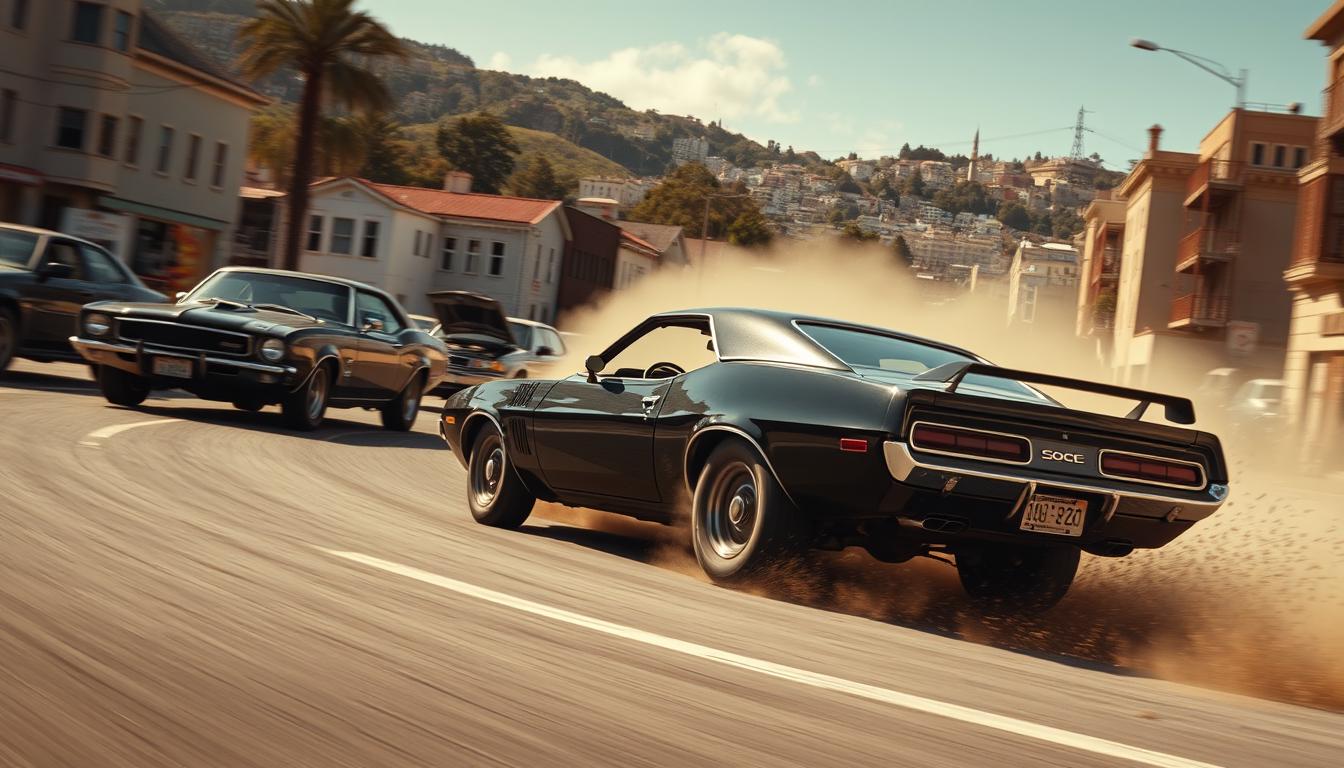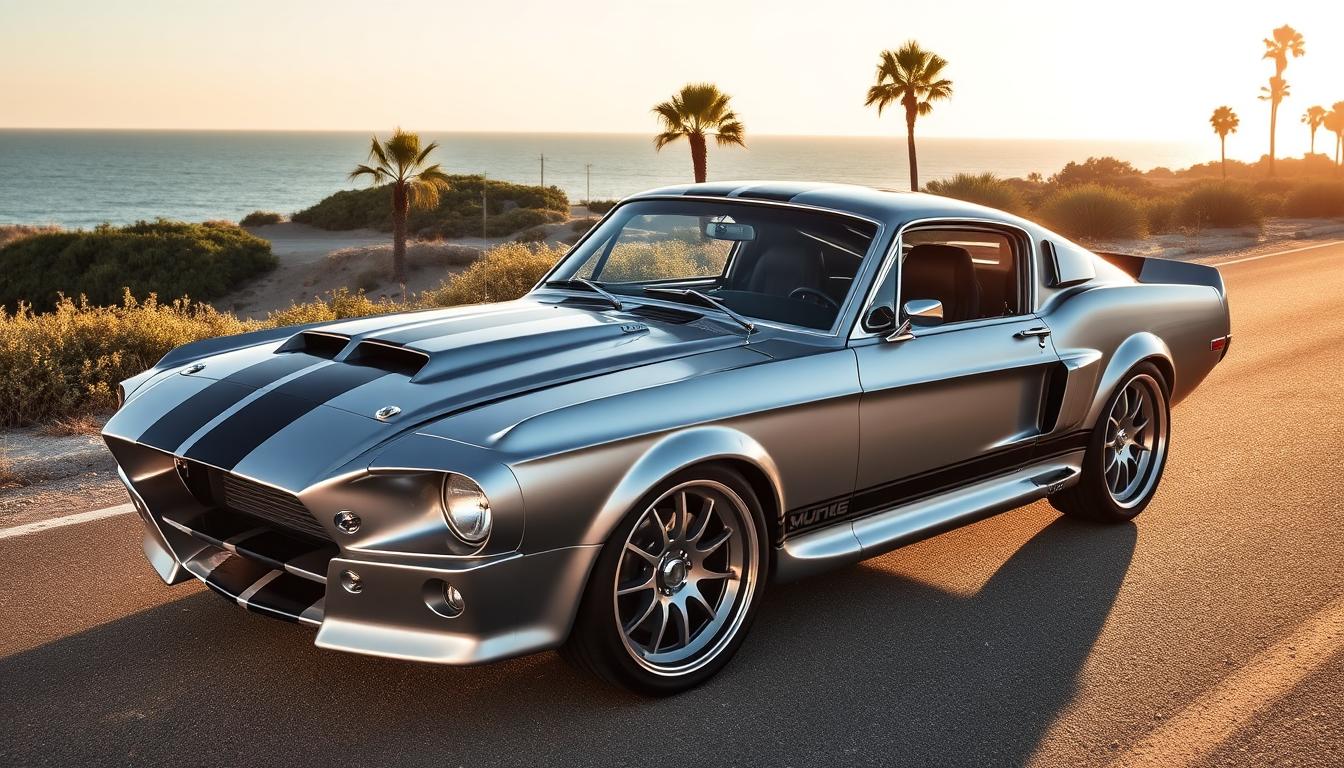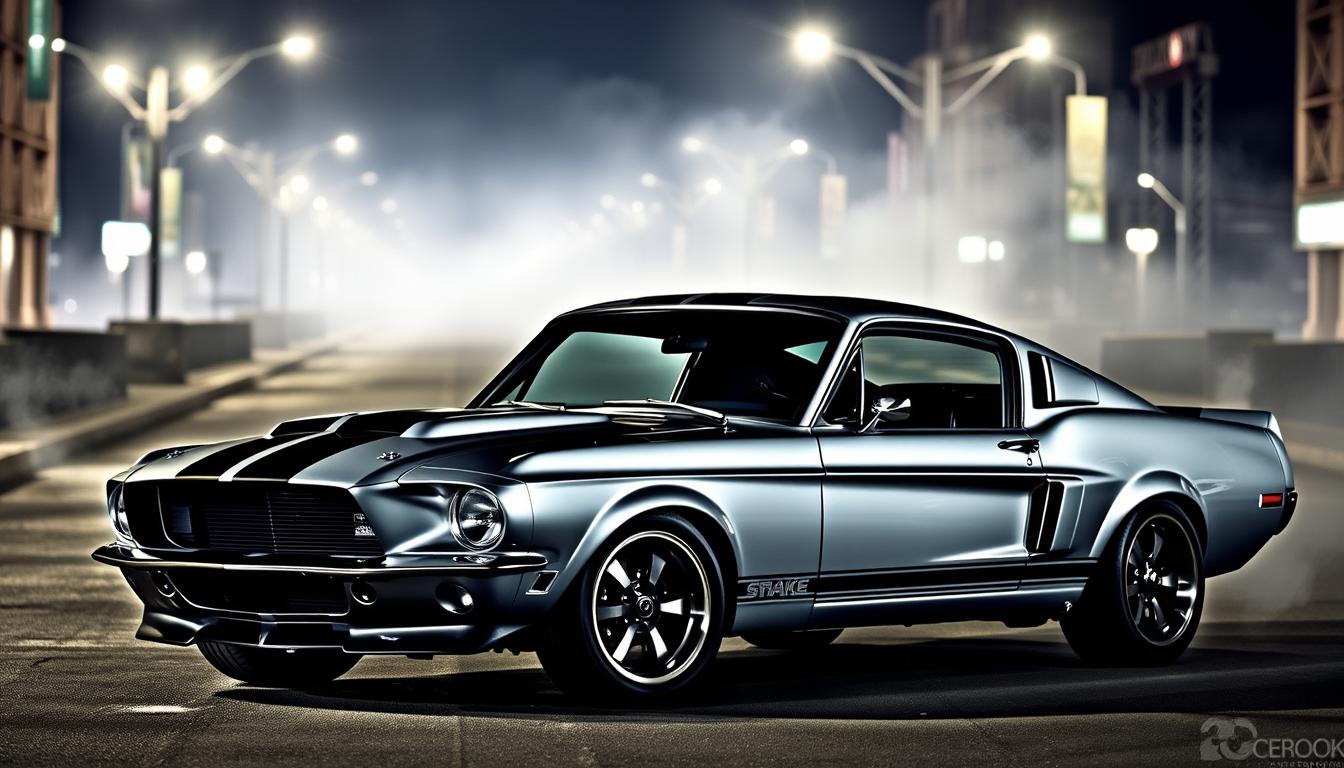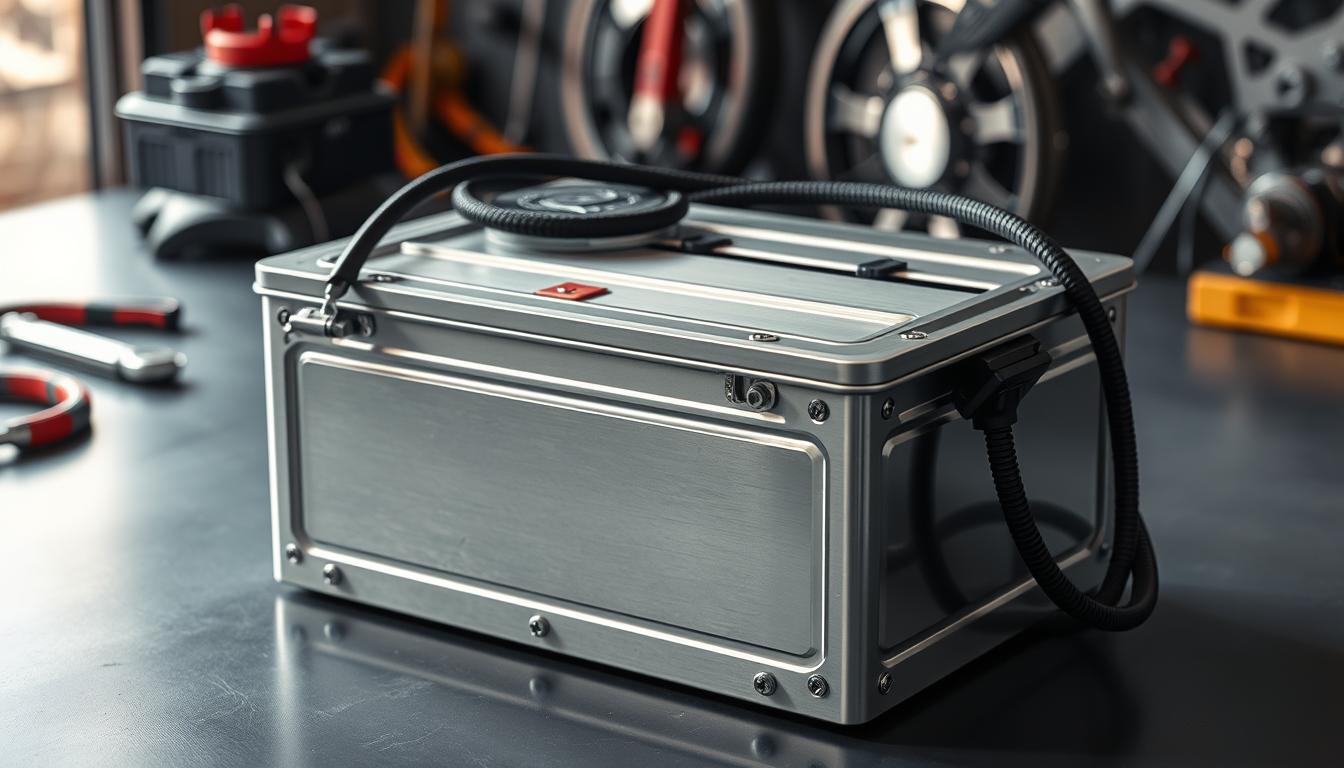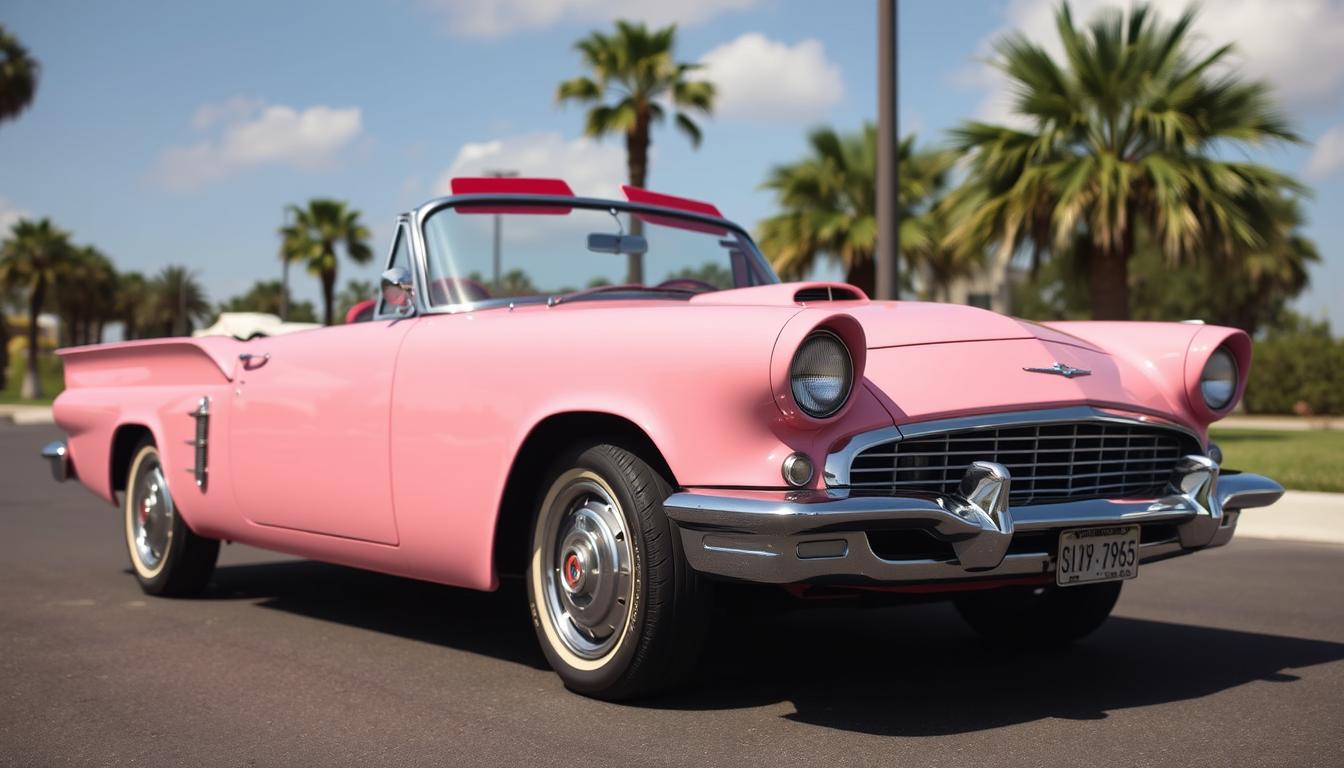The Bullitt chase sequence, featuring Steve McQueen in a 1968 Ford Mustang GT390, is celebrated as a high point in action cinema history. This thrilling pursuit through the streets of San Francisco is renowned not just for its gripping excitement but also for its remarkable car chase realism. As we delve into the feasibility of such breathtaking stunts in the real world, we must consider the driving skills required, the practicalities involved, and the safety measures necessary to pull off a cinematic car chase of this caliber. This begs the intriguing question: How much of the Bullitt chase sequence could actually happen? Let’s explore the legacy of this iconic scene and its enduring influence on action films.
The Legacy of the Bullitt Chase Sequence
The impact of Bullitt chase on the cinematic landscape is undeniable. The breathtaking San Francisco car chase redefined how audiences perceive action sequences, particularly with its emphasis on realism and visceral excitement. Steve McQueen’s Mustang not only became a star of its own but also represented the raw power of American muscle cars, influencing generations of filmmakers and automotive enthusiasts alike.
Influence on Action Cinema
The chase has influenced a multitude of films, setting a new standard for action cinema. Directors today often cite this sequence as a pivotal moment, where the kinetic energy and authenticity captured on screen raised the bar for all following car chases. The elements of danger and realism in the Bullitt chase have inspired iconic movies such as “The French Connection” and the later “Fast & Furious” series, showcasing the benefits of practical effects over digital replacements.
Iconic Vehicles and Performance
Steve McQueen’s Mustang GT390 became synonymous with performance and style, elevating it beyond a mere vehicle to a symbol of American automotive culture. The emphasis on speed and agility in the San Francisco car chase highlighted the Mustang’s capabilities, ensuring its place in car enthusiast lore. High-energy scenes showcasing this classic car have inspired many to replicate the exhilarating experience behind the wheel.
Filming Techniques That Set a Standard
The filming techniques employed in the Bullitt chase sequence marked a significant departure from established practices. Cinematographer Bruce Surtees used real locations and practical effects to create a sense of urgency and authenticity. Abandoning cheap tricks like rear projection, he pioneered classic car chase techniques that focused on real-time action. This approach continues to resonate with filmmakers seeking to invoke genuine excitement in modern action sequences.
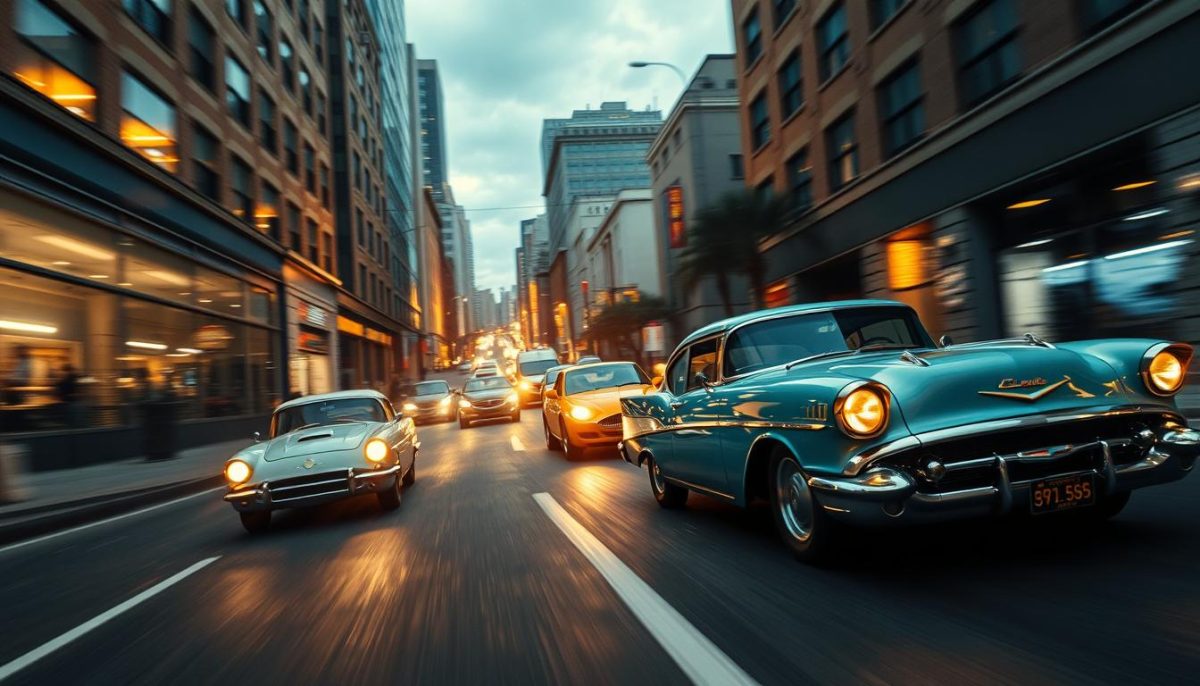
Bullitt Chase Sequence – Is It Possible?
The legacy of the Bullitt chase has spurred discussions surrounding the intricate balance between realism and cinematic license. Understanding how filmmakers navigate this balance reveals the artistry behind thrilling car chase sequences.
Realism vs. Cinematic License
The exhilarating chase in “Bullitt” showcases remarkable driving skills paired with a level of excitement that captivates audiences. While the speeds achieved were impressive, many of the stunts took creative liberties for dramatic effect. Filmmakers often manipulate real-life car handling to amplify tension and deliver a more engaging experience, straddling the fine line between cinematic realism in action films and the actual limitations of driving physics.
Modern Technology in Filming Car Chases
Today, technology in car stunts has revolutionized the way filmmakers approach exhilarating sequences. High-speed cameras, drones, and advanced CGI allow for scenes that are both awe-inspiring and safe. Films such as “Mad Max: Fury Road” highlight this trend, demonstrating that the integration of digital effects with practical stunts can elevate action sequences while maintaining a sense of authenticity. Filming car chases today often involves a sophisticated blend of real and digital elements, enhancing the visual impact for viewers.
Safety Measures and Legal Considerations
In the realm of car chases, safety has become increasingly paramount. With strict car chase safety regulations in place, productions prioritize the well-being of cast and crew. Professional stunt drivers, rigorous training, and legal counsel are essential components of modern filmmaking. Such measures not only mitigate risks associated with car stunts but also ensure compliance with local laws. The commitment to safety reflects a significant cultural shift in filmmaking, moving away from the reckless approaches of earlier eras.
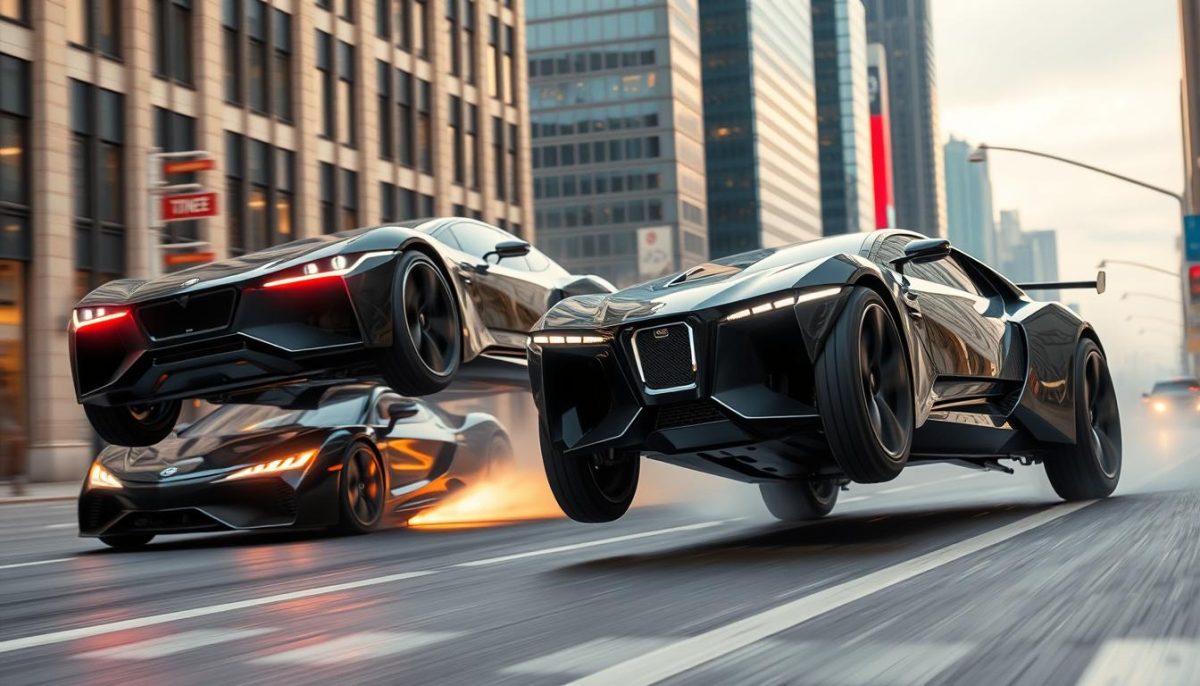
| Aspect | Traditional Methods | Modern Techniques |
|---|---|---|
| Filming Approach | Static cameras, limited angles | Drones, high-speed cameras |
| Stunt Execution | Basic coordination | Professional stunt teams |
| Safety Regulations | Minimal oversight | Strict safety measures and legal compliance |
| Visual Effects | Practical effects only | CGI integration with practical effects |
Behind the Scenes: Creating the Bullitt Chase
The making of the iconic Bullitt chase sequence involved meticulous planning and innovative techniques that have influenced countless filmmakers since its release. Director Peter Yates collaborated closely with cinematographer William Fraker to capture the raw intensity of the car chase that unfolds through the streets of San Francisco. Yates was dedicated to maintaining a sense of realism, opting for practical effects over special effects to showcase the true speed and danger of the chase.
One of the standout features of this thrilling sequence is the selection of vehicles, particularly the 1968 Ford Mustang GT390 driven by Steve McQueen. The engineering behind this vehicle was paramount, allowing for heart-pounding stunts and hairpin turns that are still celebrated in automotive circles today. Filming the chase required expert stunt drivers and a commitment to safety measures, ensuring that everyone involved could push the limits while remaining secure.
The combination of innovative filming techniques and a focus on authentic performance led to a chase sequence that not only captivated audiences but also set a standard for future action films. The creative choices made during production exemplified how a well-executed chase can elevate the narrative, drawing viewers deeper into the story and leaving an indelible mark on cinematic history. As a result, the Bullitt chase sequence remains a vital reference point for filmmakers seeking to replicate its magic.







